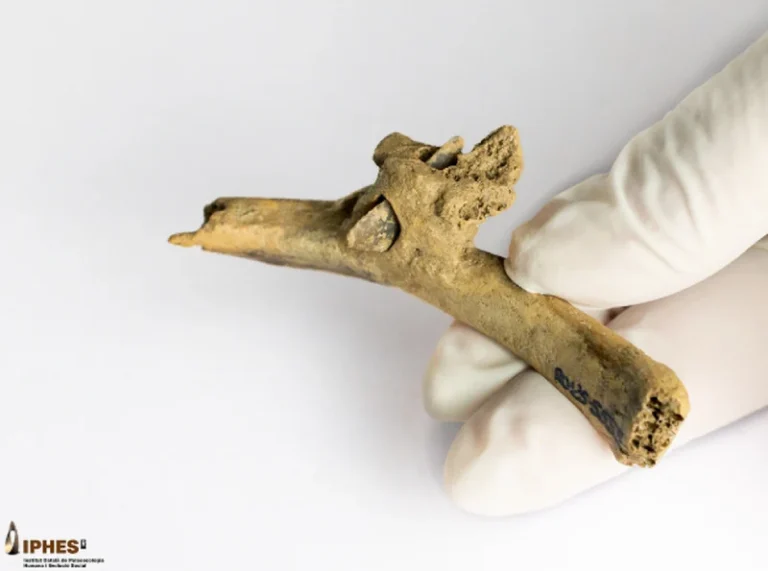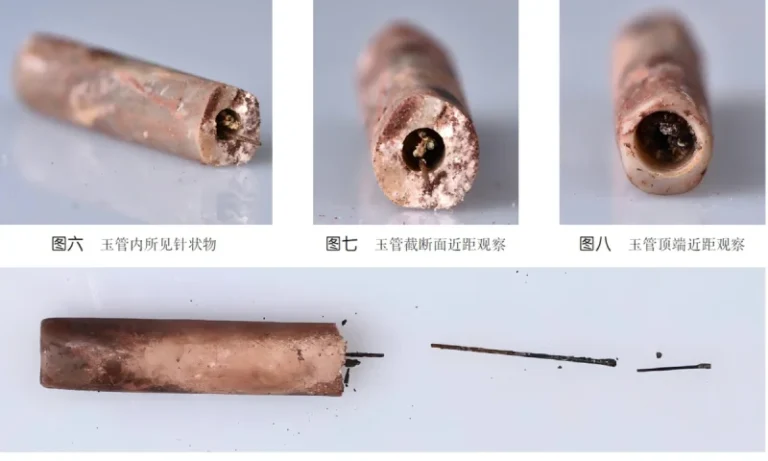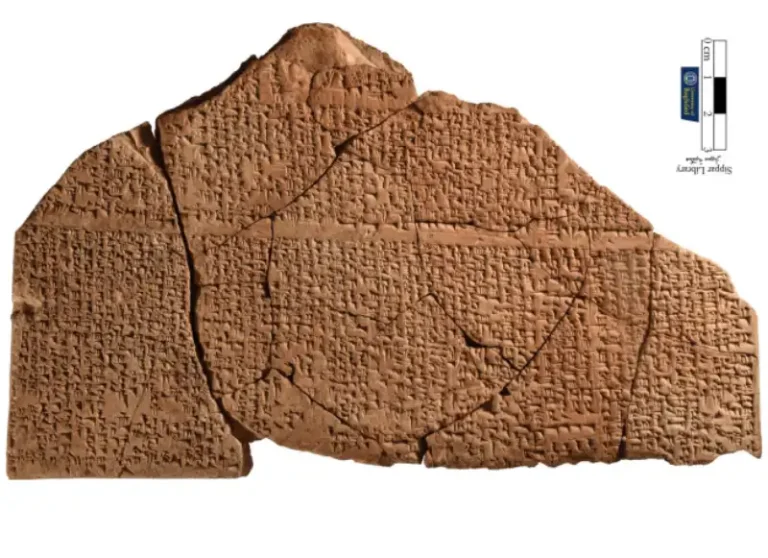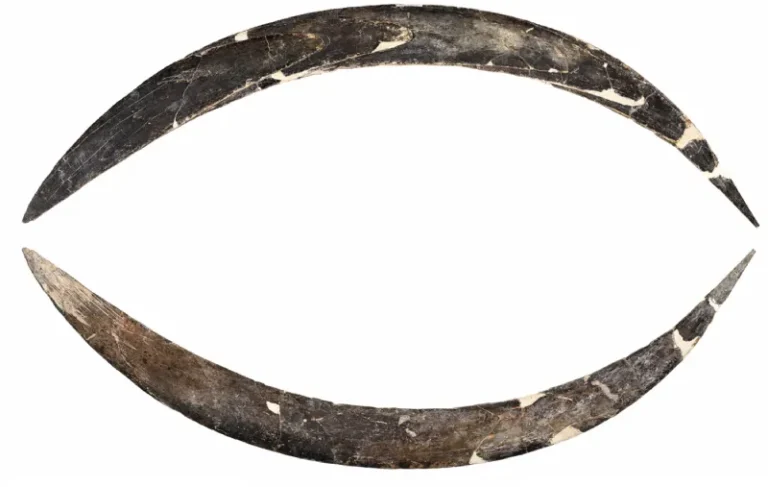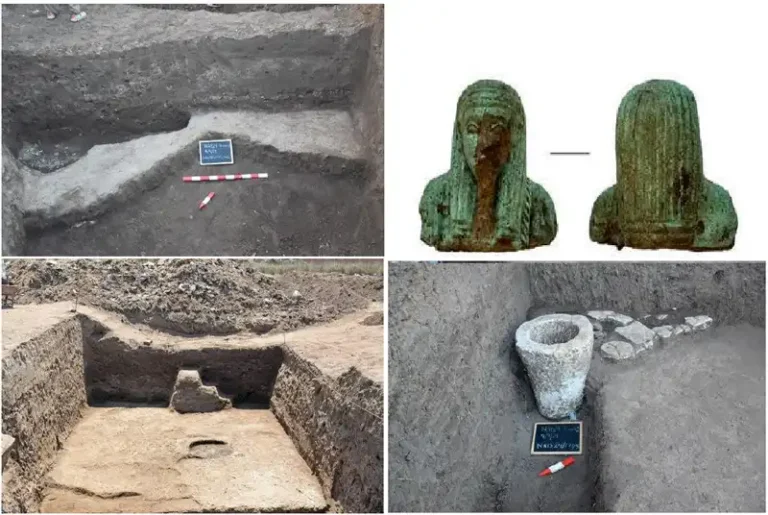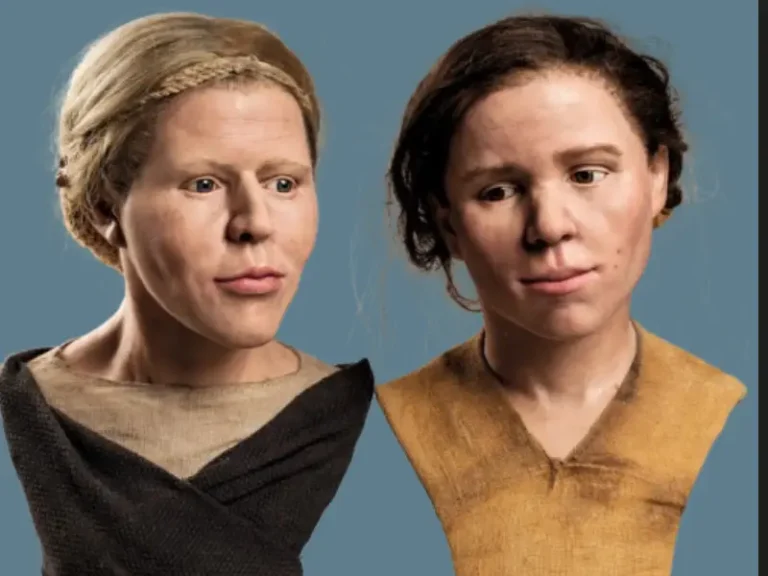Rock art in Venezuela may belong to an unknown culture
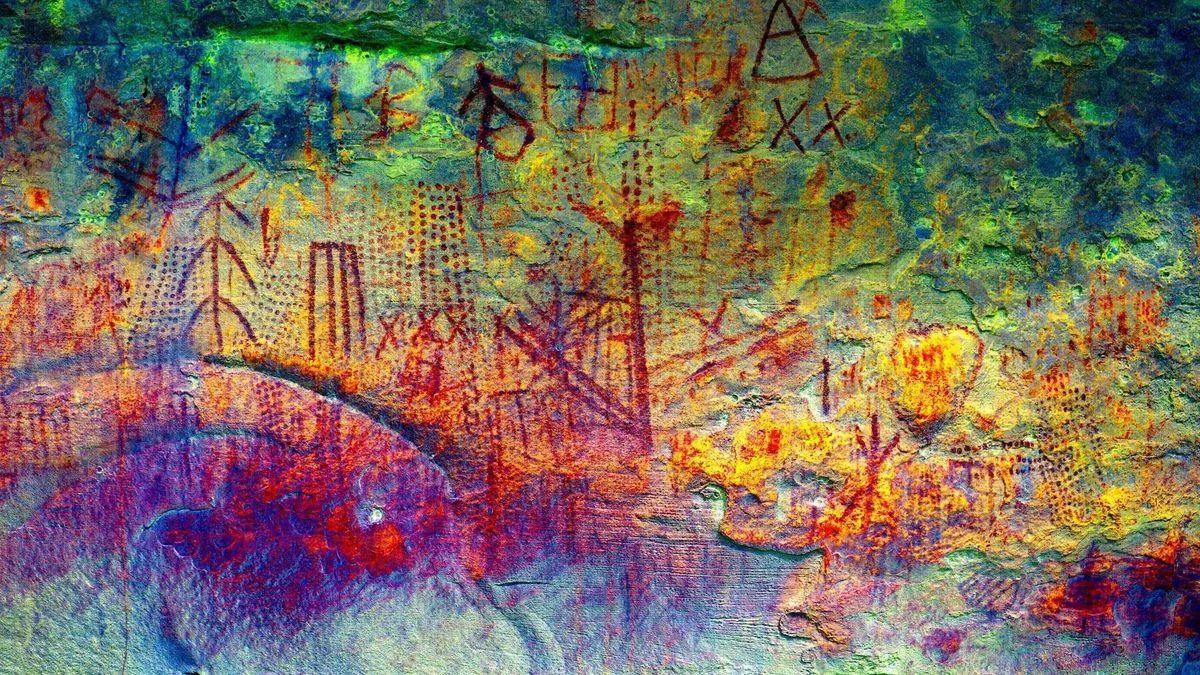
Archaeologists in Venezuela have made a groundbreaking discovery of 20 previously unknown rock art sites in Canaima National Park. This southeastern region of Venezuela, known for its vast forests and mountainous terrain, is home to Angel Falls, the tallest waterfall on land in the world. The discovery is significant, shedding light on a culture that was previously unknown to researchers.
Led by José Miguel Pérez-Gómez, an archaeologist and researcher at Simón Bolívar University in Caracas, the team found that these rock art sites date back thousands of years. The art, which includes both pictograms and petroglyphs, features a variety of geometric motifs such as lines of dots, rows of X’s, star-shaped patterns, and interconnected straight lines. Additionally, there are simple depictions of leaves and stick figure drawings of people.
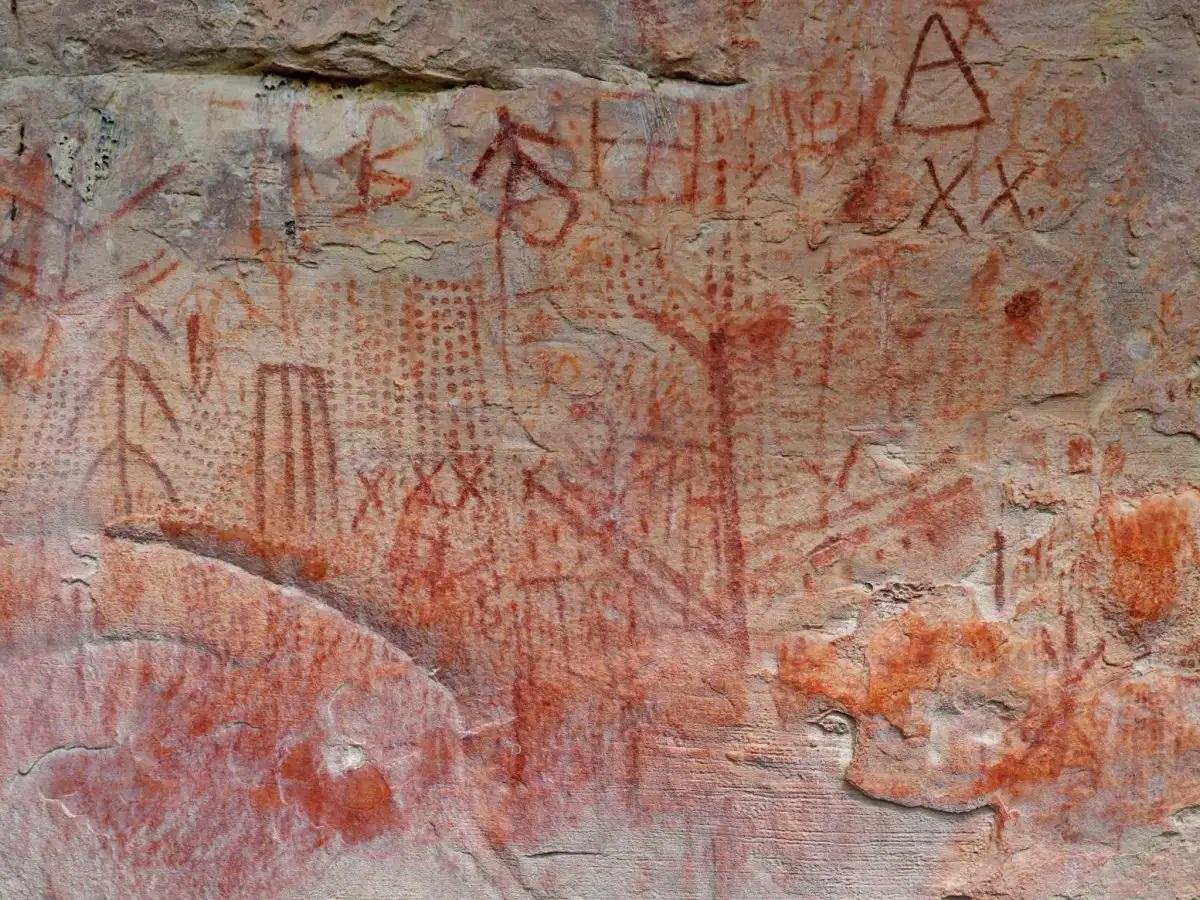
While similar rock art designs have been found in other parts of South America, Pérez-Gómez notes that these newfound examples “represent a new culture previously unknown.” The purpose behind these designs remains unclear, but it is believed that they had a ritualistic significance. Pérez-Gómez explained, “It is almost impossible to get into the minds of people living so many [thousands of] years ago,” but “definitely these signs had a ritual meaning.”
The depictions may have been related to important aspects of life such as birth, diseases, the renewal of nature, or hunting. The locations where the rock art was created “most probably had a meaning and an importance within the landscape, just as the churches have a meaning for people today,” Pérez-Gómez added.
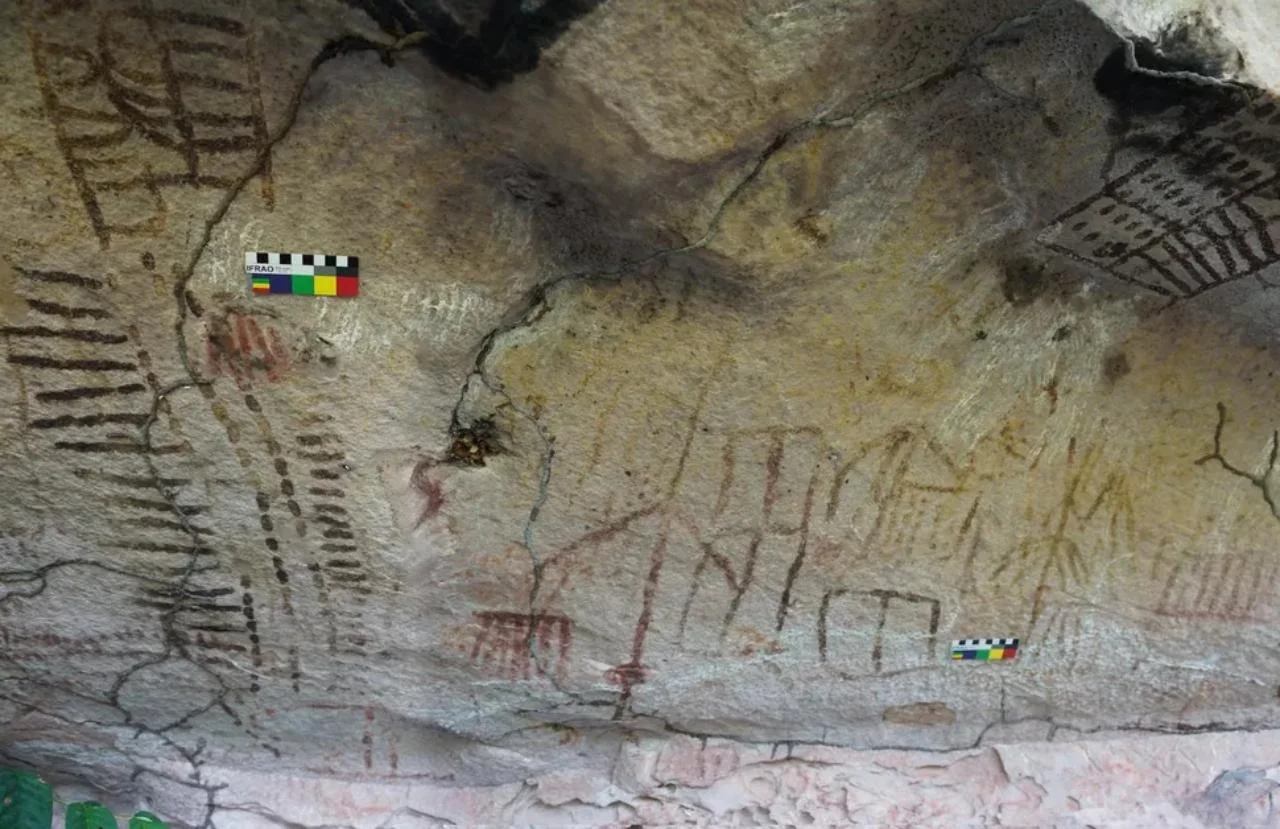
The exact age of the rock art is still unknown, but comparisons to similar art in Brazil suggest they could be around 4,000 years old. Pérez-Gómez speculates that the Venezuelan examples might be even older. Canaima National Park may have been the “ground zero” where this mysterious culture originated before spreading to distant areas like the Amazon River, the Guianas, and southern Colombia.

In addition to the rock art, the team discovered ceramics and stone tools at the sites, which may have been used by the creators of the art. However, further research is needed to confirm this. Pérez-Gómez believes that more rock art sites are likely to be uncovered as their exploration of the park continues.
The findings were presented at the “New Worlds New Ideas” prehistoric archaeological congress held in Valcamonica, Italy, from June 26 to 29. A detailed paper discussing one of the rock art sites was also published in November 2023 in the journal Rock Art Research.
This discovery not only provides valuable insights into a previously unknown culture but also highlights the rich and diverse history hidden within the landscapes of Canaima National Park.

